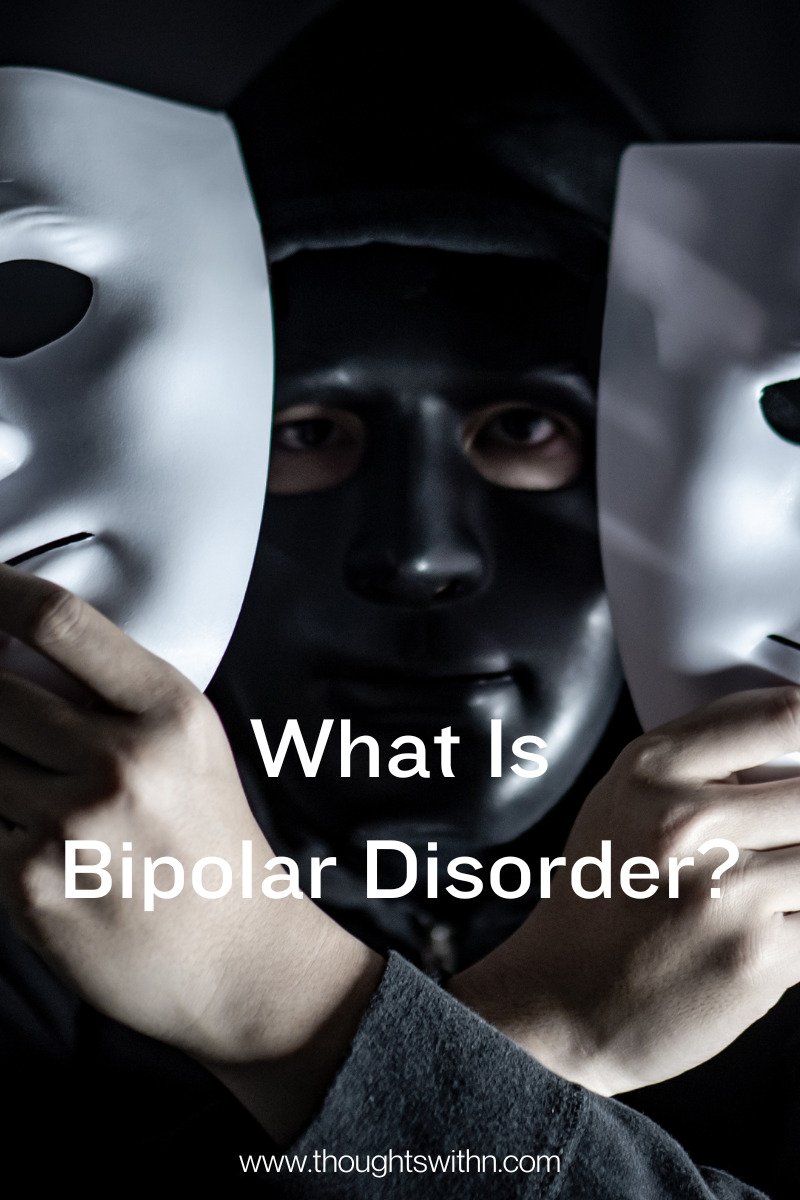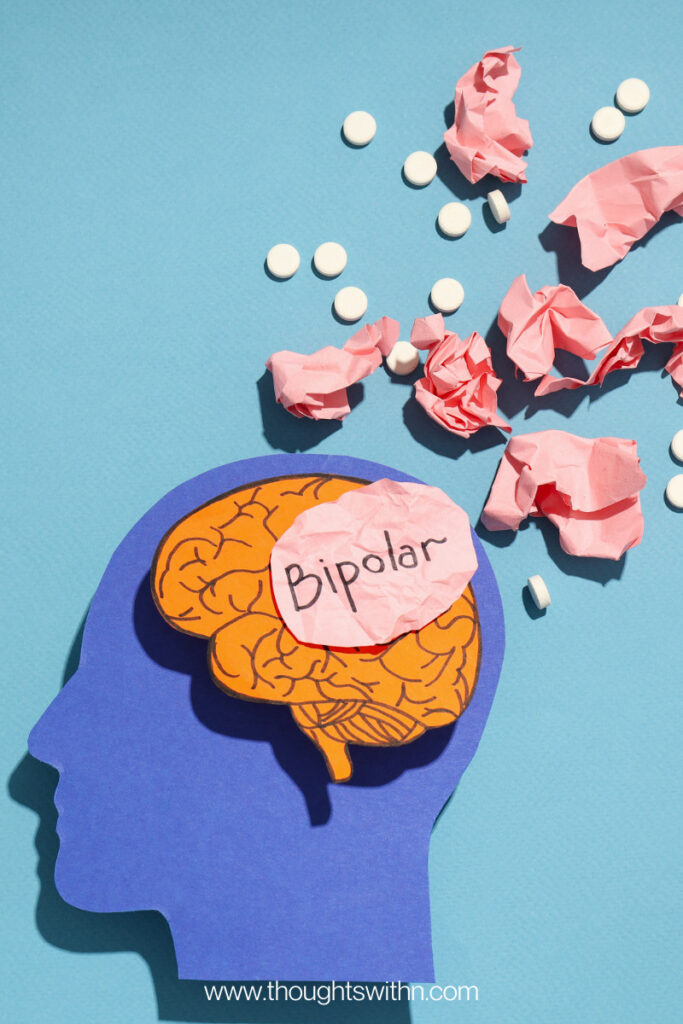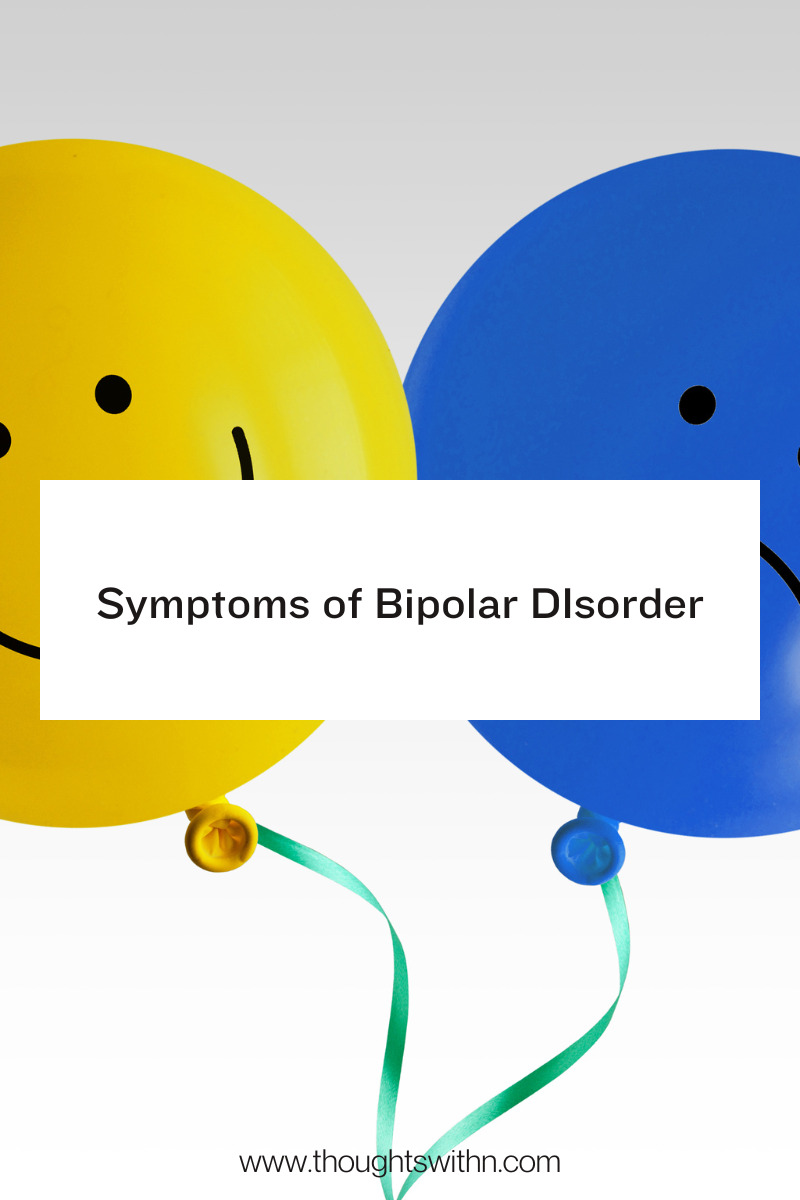Bipolar disorder is a mental health condition that affects millions of people worldwide. It is a chronic illness characterized by extreme and unpredictable mood swings that can significantly impact daily life. Individuals with bipolar disorder experience periods of elevated mood, known as mania or hypomania, and episodes of depression. These intense shifts in mood can disrupt relationships, work, and overall well-being. This comprehensive guide will delve into the various aspects of the cruel invisible illness, including its symptoms, causes, diagnosis, and treatment options. By increasing awareness and understanding, we can provide support and resources for individuals living with bipolar disorder and their loved ones.
What is Bipolar Disorder?
The Definition and Classification Bipolar disorder is a mental illness characterized by recurring episodes of mania or hypomania and depression. It falls under the category of mood disorders in the Diagnostic and Statistical Manual of Mental Disorders (DSM-5). The DSM-5 distinguishes between several types of bipolar disorder, including Bipolar I, Bipolar II, cyclothymic disorder, and other specified and unspecified bipolar disorders.
Prevalence and Impact
The invisible illness affects people of all ages, genders, and backgrounds. According to the World Health Organization (WHO), approximately 2.8% of the global population is affected by bipolar disorder. The condition can profoundly impact individuals, families, and society as a whole, leading to impaired functioning, strained relationships, and decreased quality of life.
Understanding Bipolar Episodes
Manic Episodes are characterized by a distinct period of abnormally and persistently elevated, expansive, or irritable mood. During these episodes, individuals may experience increased energy levels, grandiose thinking, decreased need for sleep, and reckless behavior. They may engage in impulsive activities, such as excessive spending, risky sexual behavior, or substance abuse.
Depressive Episodes are marked by profound sadness, loss of interest or pleasure in activities, and a general sense of hopelessness. Individuals may experience changes in appetite and sleep patterns, fatigue, difficulty concentrating, and thoughts of death or suicide. Depressive episodes can last for weeks or even months, significantly impairing daily functioning.
Hypomanic Episodes are similar to manic episodes but are less severe in intensity and duration. Individuals may experience heightened energy levels, increased productivity, and a euphoric mood. While hypomania may not cause significant impairment, it can still lead to impulsive decision-making and risky behaviors.
Mixed Episodes are characterized by a combination of symptoms from both manic and depressive episodes. Individuals may feel agitated, irritable, and restless while experiencing sadness and hopelessness. Mixed episodes pose a unique challenge as individuals may be at increased risk for self-harm or suicide.
Causes and Risk Factors
Biological Factors Research suggests that genetic factors play a significant role in developing bipolar. Individuals with a family history of the condition are at higher risk. Imbalances in certain neurotransmitters, such as dopamine and serotonin, are also implicated in it. Environmental Factors, including traumatic life events, chronic stress, and substance abuse, can trigger or exacerbate bipolar episodes. Disruptions in sleep patterns, such as insomnia or disrupted circadian rhythms, have also been linked to bipolar disorder.
Diagnosis and Treatment of Bipolar Disorder
Diagnostic Criteria
Diagnosing it involves a comprehensive assessment by a mental health professional. The DSM-5 outlines specific criteria that must be met for each subtype of bipolar disorder. The evaluation typically includes a thorough psychiatric interview, medical history review, and assessment of symptoms and their impact on daily functioning.
Treatment Options
Effective treatment for bipolar disorder often involves a combination of medication, therapy, and lifestyle adjustments. Mood stabilizers, such as lithium or certain anticonvulsant medications, are commonly prescribed to help regulate mood swings. Antidepressants may be used cautiously during depressive episodes, while antipsychotic medications can help manage manic symptoms.
Psychotherapy, such as cognitive-behavioral therapy (CBT) and interpersonal therapy (IPT), can be beneficial in managing bipolar disorder. These therapeutic approaches aim to identify and modify maladaptive thoughts, behaviors, and interpersonal patterns, improving coping skills and enhancing overall well-being.
Lifestyle Strategies
Adopting healthy lifestyle habits can also play a crucial role in managing the illness. Regular exercise, sufficient sleep, stress reduction techniques, and a balanced diet can contribute to overall stability and well-being. Establishing a daily routine and engaging in activities that promote relaxation and self-care are also important.
Breaking the Stigma
Education and Awareness
One of the significant challenges individuals with bipolar face is the stigma associated with mental illness. Education and awareness campaigns are essential in dispelling myths, reducing prejudice, and promoting understanding and empathy. By sharing accurate information and personal experiences, we can help create a more supportive and inclusive society.
Support Networks
Building a strong support network is crucial for individuals with this disorder. Family, friends, and support groups can provide understanding, encouragement, and practical assistance. Mental health organizations and online communities can also serve as valuable resources for information and connecting with others who share similar experiences.
Facts About Bipolar Disorder
- Bipolar disorder affects approximately 2.8% of the global population. (World Health Organization, WHO)
- The average age of onset for bipolar disorder is 25 years old. However, it can develop at any age. (National Institute of Mental Health, NIMH)
- Individuals with bipolar disorder often have a higher risk of developing other mental health conditions, such as anxiety disorders and substance use disorders. (NIMH)
- Bipolar disorder is influenced by a combination of genetic, biological, and environmental factors. (National Alliance on Mental Illness, NAMI)
- Suicide rates among individuals with bipolar disorder are significantly higher compared to the general population. (NAMI)
- The illness can significantly impact a person’s occupational and educational functioning, leading to difficulties in maintaining employment or academic success. (NIMH)
- The risk of developing bipolar is higher in individuals who have a close relative with the condition. (NAMI)
- Bipolar disorder can be effectively managed with a combination of medication, psychotherapy, and lifestyle changes. (American Psychiatric Association, APA)
- Medications commonly used to treat it include mood stabilizers, antipsychotics, and antidepressants. (APA)
- Psychotherapy, such as cognitive-behavioral therapy (CBT) and interpersonal therapy (IPT), can help individuals with bipolar disorder develop coping strategies, manage symptoms, and improve overall well-being. (APA)
- Bipolar disorder is a chronic condition, and with ongoing treatment and support, individuals can lead fulfilling and productive lives. (NAMI)
Sources:
- World Health Organization (WHO): www.who.int
- National Institute of Mental Health (NIMH): www.nimh.nih.gov
- National Alliance on Mental Illness (NAMI): www.nami.org
- American Psychiatric Association (APA): www.psychiatry.org
Conclusion
This invisible illness is a complex condition that requires a comprehensive understanding of its symptoms, causes, and treatment options. By increasing awareness and promoting empathy, we can help individuals with bipolar disorder lead fulfilling lives and reduce the stigma surrounding mental health. Seeking professional help, maintaining open communication, and implementing healthy coping strategies are key steps in managing bipolar disorder effectively. With the right support and treatment, individuals with bipolar can achieve stability, pursue their goals, and thrive personally and professionally. Let us continue to promote understanding, compassion, and acceptance for those living with bipolar disorder and work together toward a society that embraces mental health.








